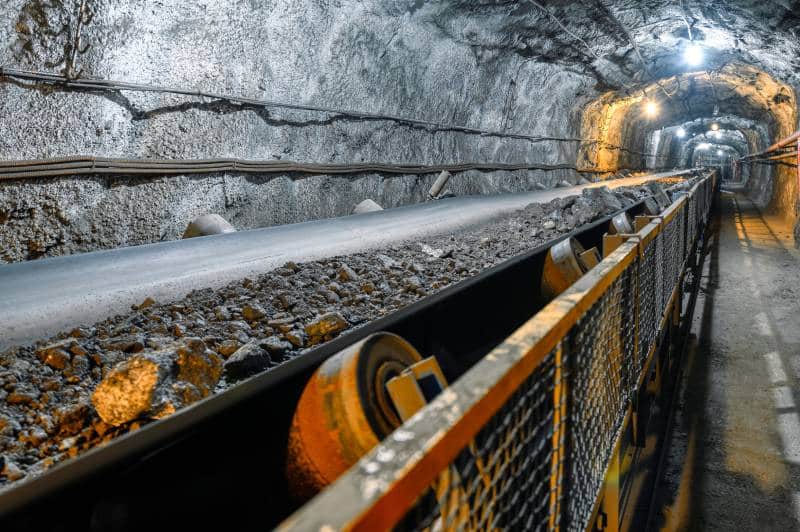The Hidden Costs of an Outdated Conveyor System

Conveyor systems are the backbone of mining operations. However, many mining operations rely on outdated conveyor systems that, while still functional, are killing profitability. These aging systems come with significant hidden costs, making an upgrade a financially sound decision. In this article, we’ll explore the true cost of operating an outdated conveyor system and why investing in a modern solution can improve efficiency, reduce downtime, and deliver a strong return on investment (ROI).
The Cost of Inefficiency
Older conveyor systems often struggle with inefficiency due to outdated designs, wear and tear, and declining performance. These inefficiencies can manifest in several ways:
- Lower Throughput – Aging conveyors may not move materials as quickly or efficiently, reducing overall production capacity.
- Increased Energy Consumption – Older motors, drives, and rollers may require more energy to operate, leading to higher electricity costs.
- Material Spillage – Worn belts, misaligned components, and outdated tracking systems can result in significant material loss, further impacting profits.
Downtime & Maintenance Expenses
Unexpected breakdowns and frequent maintenance needs are two of the biggest cost drivers of an outdated conveyor system. Maintenance costs add up quickly due to:
- Frequent Repairs – Replacing worn-out components or dealing with unexpected failures results in costly downtime and repair expenses.
- Unplanned Downtime – Every minute of unplanned downtime leads to lost production, missed deadlines, and potential contract penalties.
- Expensive Replacement Parts – Finding parts for older systems can be difficult and costly, especially when manufacturers discontinue components.
Read More: Signs it’s Time to Upgrade Your Conveyor System
Safety & Compliance Concerns
Aging conveyor systems may also pose safety risks, leading to higher liability and compliance costs. Older designs might lack modern safety features, such as emergency stop mechanisms, guarding, or dust containment systems. Additionally, failing to meet updated industry regulations can result in fines or even operational shutdowns. West River Conveyors designs to or above CEMA standards and complies with MSHA.
The ROI of a Conveyor System Upgrade
While upgrading a conveyor system requires an initial investment, the long-term savings and operational benefits make it worthwhile. A conveyor upgrade can give your business greater operational efficiency and less downtime. Here’s how an upgrade can provide a strong return on investment:
- Lower Operating Costs – Modern conveyor systems feature energy-efficient motors and components that reduce electricity consumption and operating expenses.
- Increased Production Capacity – A new system designed for optimal performance can move more material at a faster rate, increasing output and revenue potential.
- Reduced Maintenance Costs – Advanced materials, precision engineering, and modern components reduce wear and tear, minimizing the frequency and cost of repairs.
- Enhanced Safety Features – Upgraded safety systems help protect workers, reduce workplace incidents, and ensure compliance with industry standards.
- Reduced Product Loss – Modern conveyor components and guarding help prevent material from falling off the conveyor belt, leading to less material being lost in production.
Partner with West River Conveyors
At West River Conveyors, we specialize in designing and manufacturing high-quality conveyor systems for the mining industry. Our modern conveyor solutions are built for durability, efficiency, and long-term cost savings. If you’re considering upgrading your conveyor system, contact our team today to explore your options and discuss how an upgrade can benefit your operation.

